Cabernet Sauvignon is the world's most famous and widespread red wine grape variety, which originates from the Bordeaux region of France. Cabernet Sauvignon is without a doubt the true king of red varieties. It is called the conqueror due to the fact that very often varieties are eradicated to be replaced by this particular variety.
Cabernet Sauvignon is distributed all over the world and according to the genetic research of the variety, it is a hybrid obtained from the Sauvignon Blanc and Cabernet Franc varieties. Outside of Bordeaux in France, the variety is found in Provence, in the southwestern parts of the country, in Languedoc and in small quantities along the banks of the Loire.
In the New World, the variety is the most important red wine variety in California. Californians create exceptional Cabernet Sauvignon wines, with the main focus being on the fruit in the wine. In Australia, great results are being obtained from plantations in Coonawarra, in the Yarra Valley, in Victoria and some other places. In South America, fruit and ale wines of the variety come mainly from Chile.
In Europe, Cabernet Sauvignon is very widely distributed throughout Italy. In Spain, the variety can be found in all the major wine regions for red wine.
The reason for the wide distribution of the Cabernet Sauvignon variety is its unpretentiousness and easy adaptability to different climatic conditions. In short, where there are suitable conditions for growing any red variety, Cabernet Sauvignon can certainly be grown.
The advantages of Cabernet Sauvignon are numerous, which make it one of the most desired varieties not only by winemakers, but also by consumers. One of its greatest strengths is undoubtedly its individuality. No matter where it was grown, how it was treated and how the maturation process has went, Cabernet Sauvignon has the unique ability to retain its varietal characteristics in almost any circumstance. Cabernet Sauvignon is the easiest to recognize among other red wines.
What makes Cabernet Sauvignon the king of red wines is undoubtedly its distinct character and high quality. The wine can age very well in bottle, becoming over time a multi-layered and sophisticated wine.
History of Cabernet Sauvignon
Cabernet Sauvignon is one of the most important varieties for creating the best French wines. The areas with this wine variety in France increased seriously - from 11, 800 hectares in 1968 to over 36, 000 hectares in 1988.
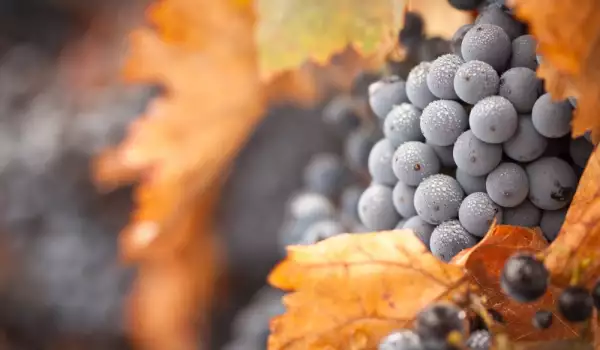
Cabernet Sauvignon was first mentioned in the 17th century, but became more widespread in the 18th century, when a team of Dutch specialists drained the marshes around the Medoc in Bordeaux, thus creating new wine lands. It is there that the largest wine estates exist to this day. The lands in the Medoc region are perfect for growing Cabernet Sauvignon.
The coarse-grained sandstones are several meters deep and have excellent drainage capacity for the otherwise abundant Medoc rainfall. Thus, the variety spreads its roots deep into the ground. During the day, the soil is heated by the strong sun and at night the heat spreads over the vines, helping the natural ripening of the grapes. Thanks to all these natural features, some of the most unique wines of this type are born in the Medoc.
Characteristics of Cabernet Sauvignon
Wines produced from Cabernet Sauvignon are characterized by a well-saturated dark red color, an intense aroma of small red fruit (mulberry, blackberry and blackcurrant), as well as good density. When aged in oak barrels, Cabernet Sauvignon develops a very complex and rich aroma, with pleasant nuances of smoke, oak, spices, cinnamon and chocolate. Usually a wine reveals its maximum qualities after 3 to 10 years of aging.
The aromas of the young wines have shades of mulberry, asparagus, raspberry and very light spicy notes. The tannins are very rich, which gives excellent wine aging potential. The deep crimson color gives the cabernet a great look. In the older wines, much softer tannins are already observed, which contribute to a unique complexity and completeness.
The Aged Cabernet Sauvignon is a few tones lighter in color and has aromas of cherry, black cherry, currant, chocolate, tobacco and cedar wood. Cabernet Sauvignon interacts well with oak, which is why the wine often spends different periods in oak barrels.
Serving Cabernet Sauvignon
The great full flavor of cabernet sauvignon is best paired with meat. Lamb, beef, pork and veal are particularly suitable. The combination between venison and Cabernet Sauvignon is also exceptional. From the birds, it is best to use duck meat.
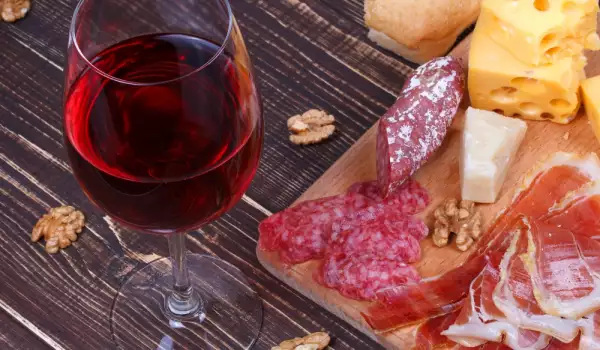
Cabernet Sauvignon goes perfectly with the fattier meats, because it is the fat in them, which coats the palate and tongue, thus protecting the senses from the young and strong tannins of the wine.
To get a truly excellent combination between cabernet sauvignon and food, experts recommend adding blackcurrants, mushrooms, roasted tomatoes, eggplant and olives to the main dish. The best cheeses for the wine are Parmesan, Camembert and Gorgonzola. The appropriate spices here are black pepper and the great balsamic vinegar and from the herbs - rosemary, thyme, basil, oregano and mint.
The older the cabernet, the less intense its flavor becomes. This means that strong reduced sauces will not be suitable for aged wines. A very important role in softening the taste of cabernet is played by walnuts, which soften the otherwise sharp impression of wine tannins.
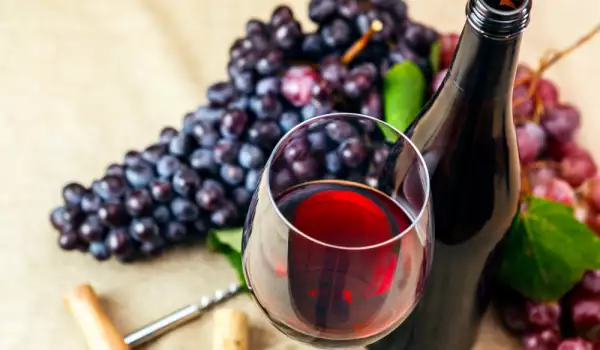



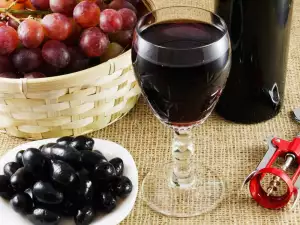




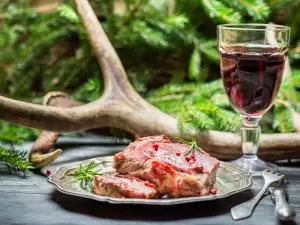




Comments